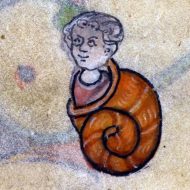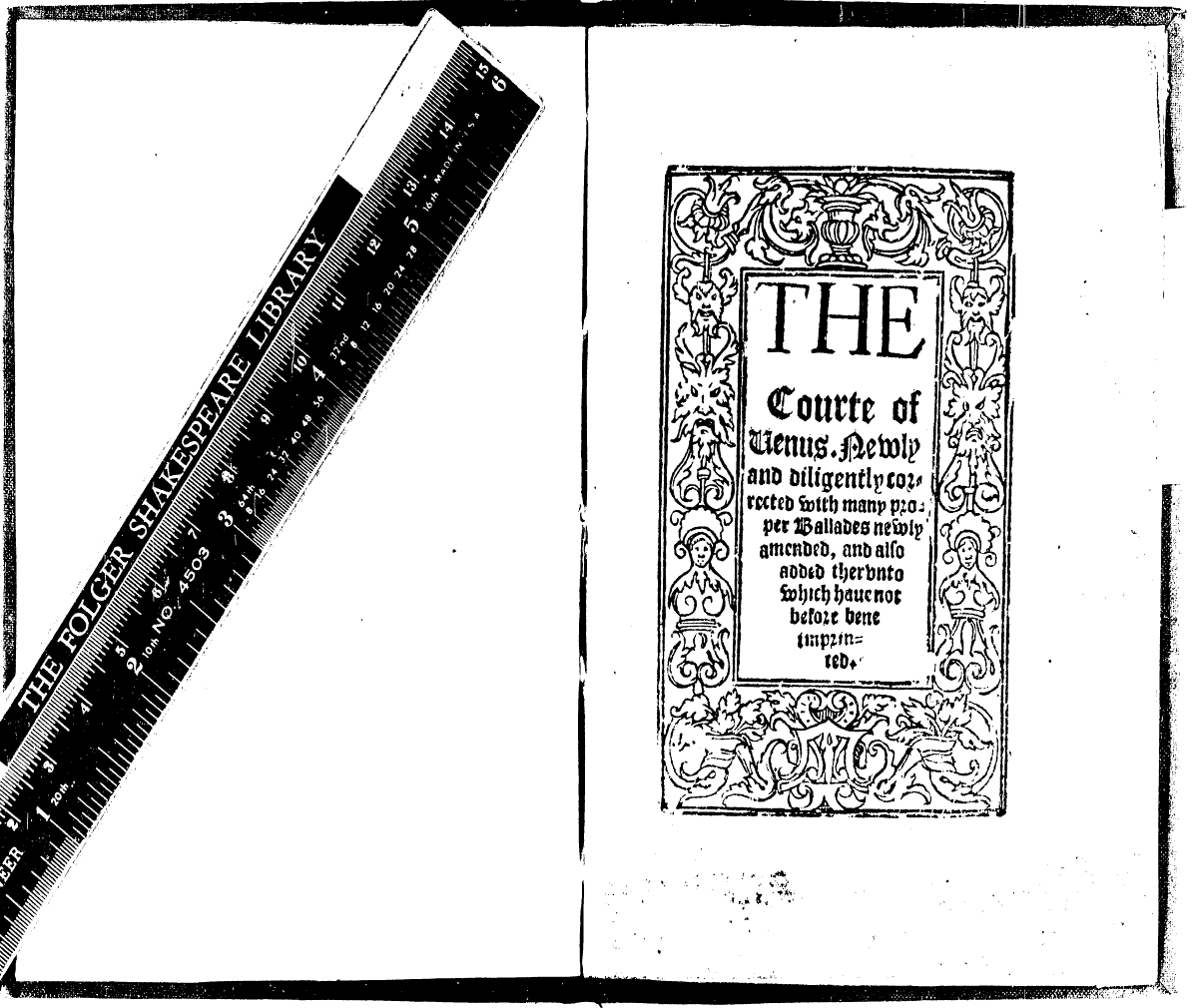Sir Thomas Wyatt
Sir Thomas Wyatt’s family came originally from Yorkshire. He is son of Sir Henry Wyatt who lived during the reign of Richard III. His father was tortured and imprisoned because of his loyalty to Henry Tudor. He married Anne (daughter of John Skinner of Reigate) and they had three children one of which is Sir Thomas Wyatt. At the age of 12, he entered St. John’s College, Cambridge where he made the acquaintance of the antiquary and poet John Leland. (After Wyatt’s death he wrote how river Granta had joined them in friendship. In 1520, He married Elizabeth Brooke and they had two children who are Thomas and Elizabeth. They separated in 1525 and the reason was Sir Thomas Wyatt’s action of charging his wife with infidelity. Wyatt’s diplomatic career began with his travel with Sir Thomas Cheney to France on his first diplomatic mission. Since he knew something of French and Italian literature before he went abroad, he was stimulated by his experiences in Italy to introduce Petrarch’s poems to English readers by Queen (Katherine of Aragon) in 1527.
One of the defining influences on Wyatt’s career was his love for Anne Boleyn, who was to become Henry VIII’s second wife. It was completely platonic and sensual. Even if Anne Boleyn found his poetry very nice, his love remained platonic. Before the king intended to marry Anne Boleyn, Wyatt adapted a well-known sonnet of Petrarch: ‘Who so list to hunt, I know where is a hind’, which seems relevant to his personal situation, as it describes the pursuit of Caesar’s hind who cannot be touched. His rise was rapid since he was seen a handsome man whose reputation was “the best poet of his age”.
One of his friendships was very interesting. He was a friend of Henry Howard, Earl of Surrey, who had different political and religious thoughts than him. Henry Howard, Earl of Surrey regarded him as a master and Sir Thomas Wyatt admired him because of his literary skills. Therefore, it is not improper to say that their love of poetry outweighed their differences.
He died aged thirty-eight in October 1542 (because of fever he contracted) while he was going to meet the Spanish envoy who had landed at Falmouth. He was buried at Sherborne, where he was taken ill. None of Wyatt’s poems appeared in print during his lifetime, and his first published work was Certain Psalms Drawn into English Metre (1549). More of his poetry, lyrics and satires appeared in Tottel’s Miscellany (1557). The rest remained in manuscript until the nineteenth and twentieth centuries.
The Courte of Venus
The Courte of Venus (The Court of Venus) is a book containing ballads-poems from 16th century. Whether it’s author is accepted as Robert Singleton, its attributed author is Sir Thomas Wyatt. It is written in 1538, 3 years before Wyatt’s death and is printed in around 1563 (without certainty) in London. It is believed that its prologue belongs to Robert Singleton and some other parts belong to Sir Thomas Wyatt.
Title Page
One of the things that I’m very obsessed with about books is title pages. When it comes to the title page of The Courte of Venus, I found it very interesting because of the drawings around the title and description. There are figures and patterns including faces and leaves at right and left of the written part which have left a good impression to me at once. That is one of the reasons why I’ve chosen this work to write my blog assignment to be honest. Title and description also looks beautiful to me since the lines get shorter and shorter as you read from beginning to the end. Written part and the drawings are in a harmony with each other and it makes the work seem worthwhile to read to me.
Bora

